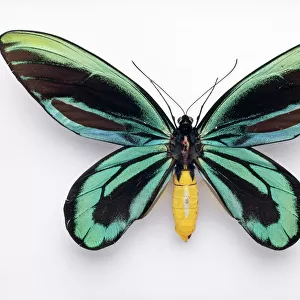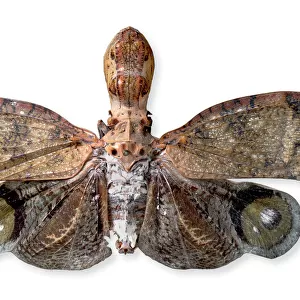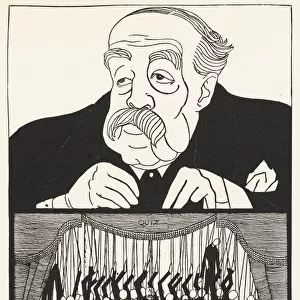Home > Animals > Insects > Butterflies > Related Images
Curtis British Entomology Plate 693
![]()

Wall Art and Photo Gifts from Mary Evans Picture Library
Curtis British Entomology Plate 693
Hemiptera: *Capsus hirtus Curtis, cf. Capsus ater (black form) [Plant: Inula helenium (Elecampane)] Date: 1824-39
Mary Evans Picture Library makes available wonderful images created for people to enjoy over the centuries
Media ID 23040586
© The Robin Symington Collection/Mary Evans Picture Library
1820s 1830s Ater Butterflies Butterfly Curtis Elecampane Entomology Form Helenium Hemiptera Inula Ledipotera
FEATURES IN THESE COLLECTIONS
> Animals
> Insects
> Butterflies
> Related Images
> Animals
> Insects
> Hemiptera
> Related Images
> Mary Evans Prints Online
> New Images August 2021
EDITORS COMMENTS
This print showcases Curtis British Entomology Plate 693, featuring the Hemiptera species, Capsus hirtus, with a comparison to the black form of Capsus ater, both found on the plant Inula helenium, commonly known as Elecampane. The intricately detailed illustration, created between 1824 and 1839 by the skilled hand of John Fleming, showcases the true beauty of these insects. The Hemiptera order, also known as True Bugs, is characterized by their elongated bodies, usually flat or only slightly convex, and their piercing-sucking mouthparts. The Capsus species, specifically Capsus hirtus, is a member of the family Acanthosomatidae, commonly known as the Shield Bugs. This particular species is covered in fine hairs, giving it the epithet 'hirtus.' The black form of Capsus ater, depicted in this print for comparison, is a melanistic variant of the common Capsus ater species. The black form is less commonly encountered and adds an intriguing element to this already fascinating plate. The plant featured in the background is Inula helenium, also known as Elecampane. This plant is native to Europe, Asia, and parts of North America and is known for its tall, flowering stems and distinctive, daisy-like flowers. The plant was commonly used in traditional medicine for its anti-inflammatory and expectorant properties. This beautiful and educational print is a testament to the natural world and the meticulous work of John Fleming during the 1820s and 1830s, providing a glimpse into the wonders of the 19th century's natural history.
MADE IN THE UK
Safe Shipping with 30 Day Money Back Guarantee
FREE PERSONALISATION*
We are proud to offer a range of customisation features including Personalised Captions, Color Filters and Picture Zoom Tools
SECURE PAYMENTS
We happily accept a wide range of payment options so you can pay for the things you need in the way that is most convenient for you
* Options may vary by product and licensing agreement. Zoomed Pictures can be adjusted in the Basket.




